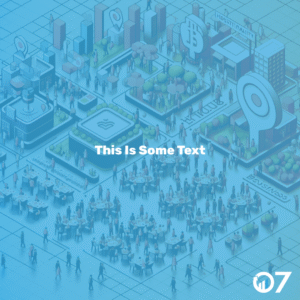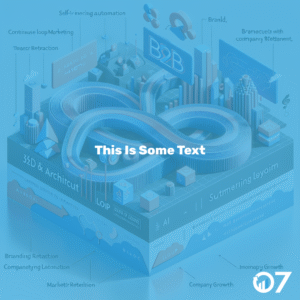Web design challenges 2024 can feel overwhelming, but understanding these common issues and their solutions can make your redesign process a breeze. Dive in to learn how to overcome them and ensure your website stands out.
Truthfully, there’s not much I dislike more than updating my website design. While creating and rebranding my website is exciting (think of the possibilities!), I am not a trained web designer. Although I find design challenging, that’s not a reason for me to launch a poorly designed website. It’s why I’ve found it important to understand web design challenges and research workarounds before beginning work on revamping a website.
1. Keeping Up with Trends
Web design trends change rapidly. Staying updated is crucial to ensure your site doesn’t look outdated. Follow industry blogs, attend webinars, and participate in design forums.
2. Ensuring Mobile Responsiveness
With mobile traffic surpassing desktop, your site must be mobile-friendly. Use responsive design techniques and test your site on various devices.
3. Optimising Load Times
Slow websites frustrate users and harm SEO. Compress images, use efficient coding practices, and leverage browser caching to improve load times.
4. Balancing Aesthetics and Functionality
A beautiful site is useless if it’s hard to navigate. Prioritise user experience (UX) by ensuring your design is intuitive and user-friendly.
5. Maintaining Consistent Branding
Consistency in branding builds trust. Use a cohesive colour scheme, typography, and imagery that align with your brand identity.
6. Integrating SEO Best Practices
SEO is vital for visibility. Incorporate SEO best practices such as keyword optimisation, meta tags, and a clean URL structure from the start.
7. Creating Engaging Content
Content is king. Ensure your content is relevant, engaging, and regularly updated. Use multimedia elements like videos and infographics to enhance engagement.
8. Ensuring Accessibility
Your site should be accessible to all users, including those with disabilities. Follow WCAG guidelines to make your site inclusive.
9. Handling Security Concerns
Security is paramount. Use HTTPS, regularly update software, and implement security plugins to protect your site from threats.
10. Managing Cross-Browser Compatibility
Your site should function well on all major browsers. Test your site on different browsers and fix any compatibility issues.
11. Simplifying Navigation
Complex navigation can deter users. Use a clear, simple menu structure and include a search function to help users find what they need quickly.
12. Incorporating Social Media Integration
Social media drives traffic. Integrate social sharing buttons and feeds to encourage engagement and increase visibility.
13. Ensuring Scalability
Your site should grow with your business. Choose a scalable platform and design with future expansion in mind.
14. Managing Content Updates
Regular updates keep your site fresh. Use a content management system (CMS) that makes it easy to add and update content.
15. Measuring Performance
Track your site’s performance using analytics tools. Monitor metrics like traffic, bounce rate, and conversion rates to identify areas for improvement.
Web Design Challenges Conclusion
Web design challenges 2024 may seem daunting, but with the right approach, you can overcome them. Stay informed, prioritise user experience, and continuously optimise your site. For more tips and insights, visit our blog or contact us via email at info@07hm.co.uk or telephone 01702 410663.





